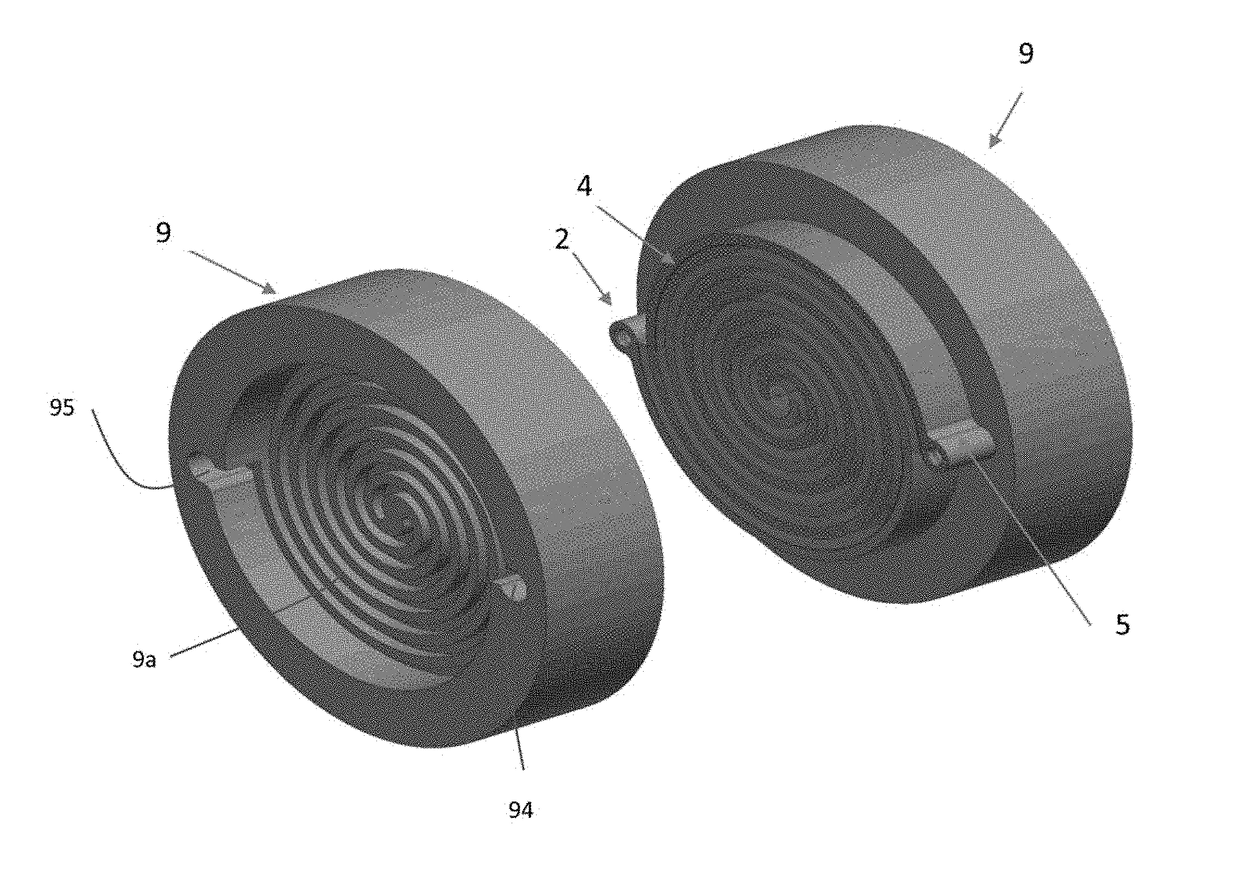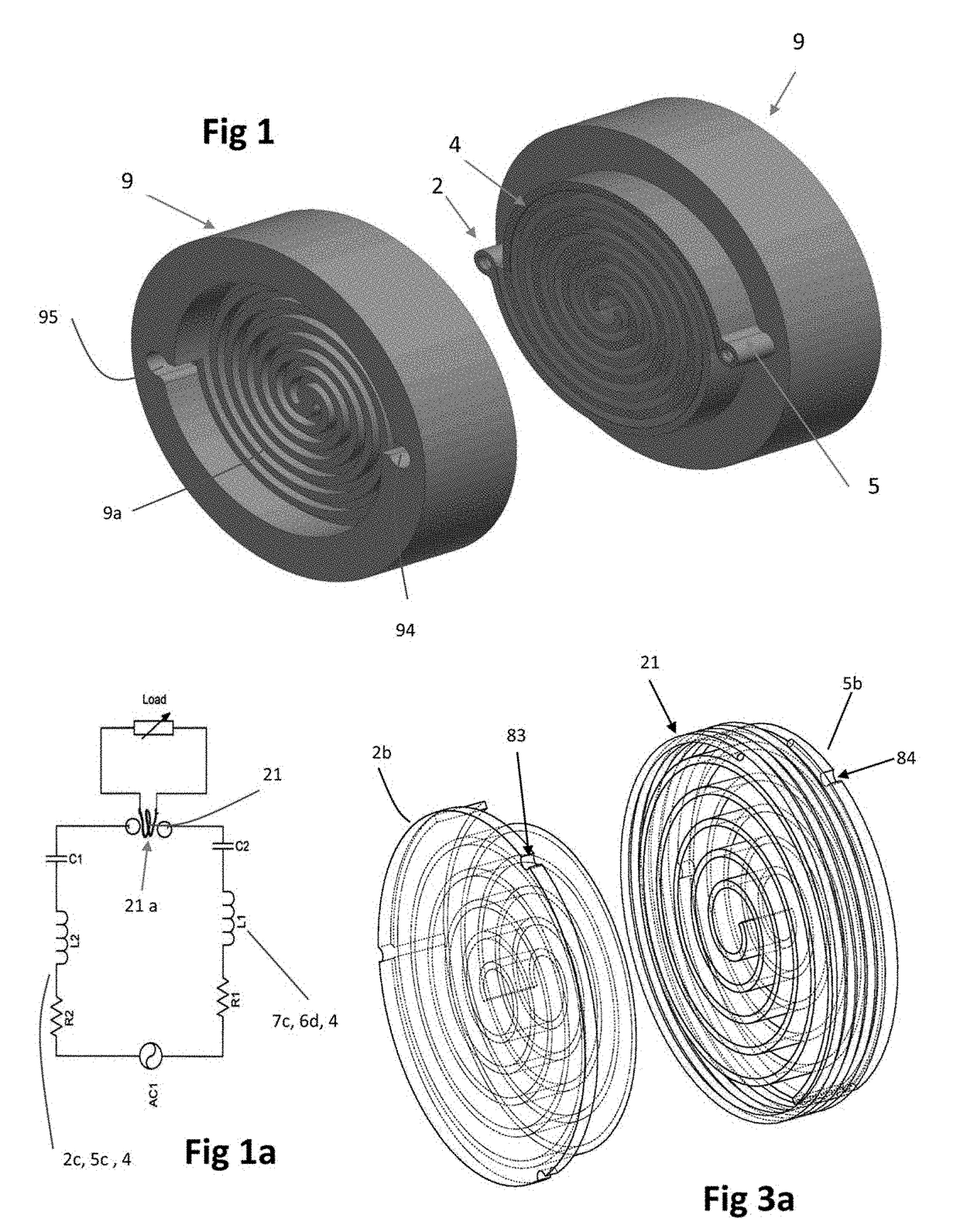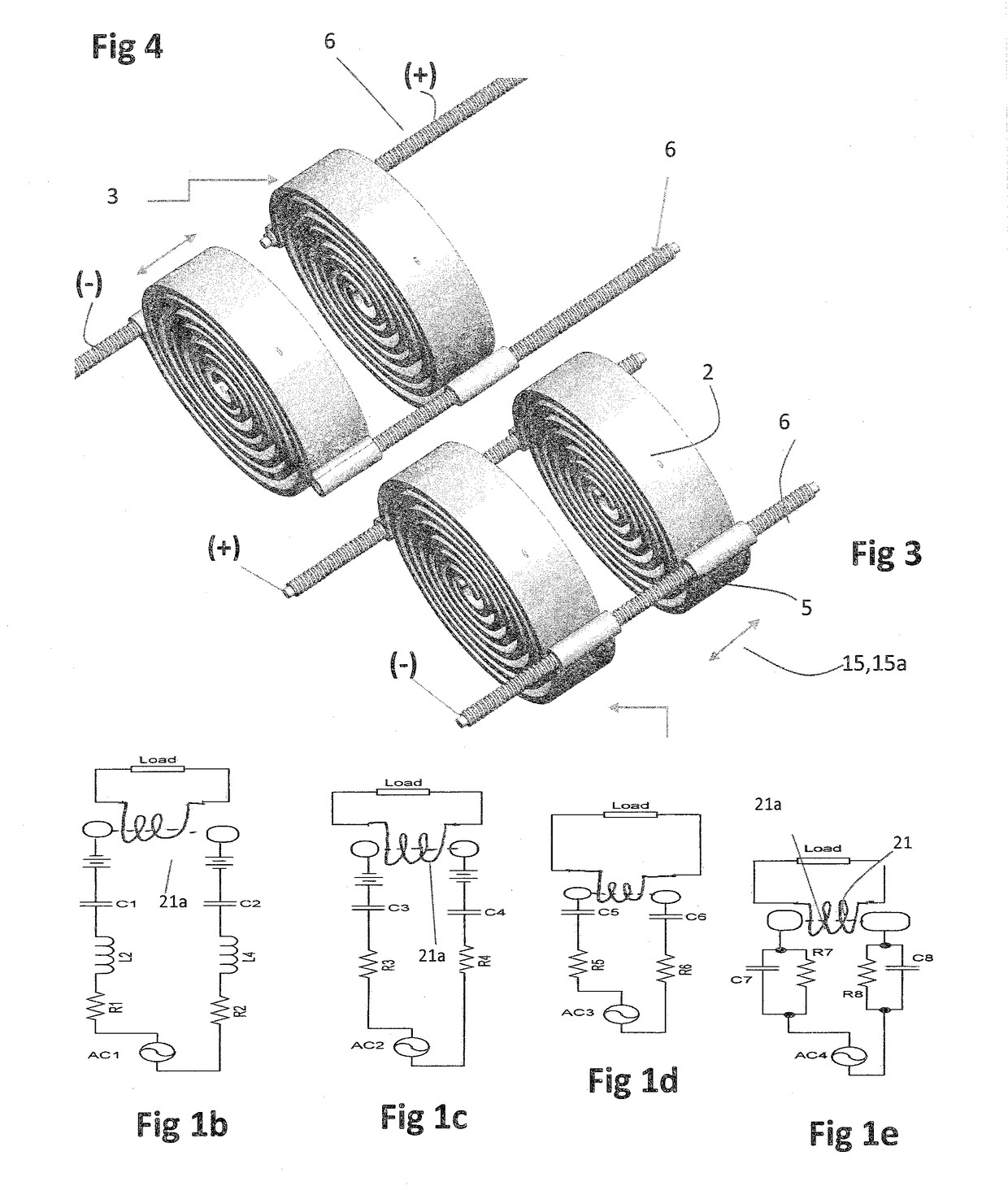Enhanced Exothermic Reaction (EER) Reactor
a technology of exothermic reactions and reactors, applied in nuclear reactors, nuclear engineering, greenhouse gas reduction, etc., can solve the problems of not making usable carbon waste products, causing great risks for people living near radioactive waste disposal places, etc., to save electrical input energy, improve efficiencies, and prevent material thermal stress
- Summary
- Abstract
- Description
- Claims
- Application Information
AI Technical Summary
Benefits of technology
Problems solved by technology
Method used
Image
Examples
Embodiment Construction
[0055]Introduction
[0056]Preferred embodiments of the present invention control dissolving the reactive gas (e.g., hydrogen, deuterium, methane, or polymer-gas; often referred to as fuel gas, polymer or simply fuel) in a transition metal lattice structure for the purpose of producing industrially useful heat, electricity and energy storage while producing a cross-linked or non-crosslinked graphene using an auger. The lattice structure can be a self-supporting shape (e.g., wire, slab, tube, metal powders, foam conductive materials such as carbon graphite, Fe—Ti, Mn, Pd, Ni plated on the surface of silica crystals) of solid, sintered or foam materials, or can be material or a carbon graphite porous material with deposited nickel, iron-titanium, magnesium or palladium deposited on a support structure. Further, the lattice structure can include powdered or sintered material that relies on a supporting or containing structure in a sitting bed, fluidized bed, packed bed format or formed in...
PUM
 Login to View More
Login to View More Abstract
Description
Claims
Application Information
 Login to View More
Login to View More - R&D
- Intellectual Property
- Life Sciences
- Materials
- Tech Scout
- Unparalleled Data Quality
- Higher Quality Content
- 60% Fewer Hallucinations
Browse by: Latest US Patents, China's latest patents, Technical Efficacy Thesaurus, Application Domain, Technology Topic, Popular Technical Reports.
© 2025 PatSnap. All rights reserved.Legal|Privacy policy|Modern Slavery Act Transparency Statement|Sitemap|About US| Contact US: help@patsnap.com



